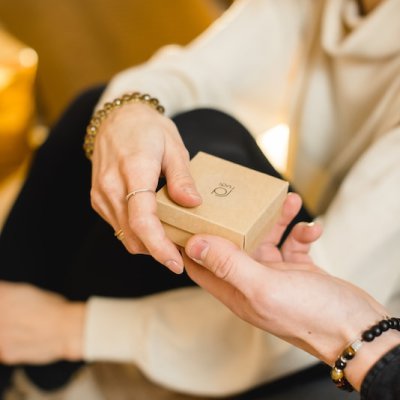third person singular
Write a Dutch CV in the third person singular. | Escribir un CV holandés en la tercera persona del singular. |
And in the third person singular, too. | Y en tercera persona del singular también. |
And in the third person singular, too. | Y en tercera persona singular también. |
A love story, told in third person singular. | Una historia de amor en tercera persona. |
For the third person singular, Portuguese verbs typically use the ending ' '. | Para la tercera persona del singular, los verbos portugueses suelen usar la terminación ' '. |
For the third person singular however, Croatian verbs typically have no ending. | Sin embargo, para la tercera persona del singular, los verbos en croata normalmente no tienen terminación. |
In the third person singular of the present tense, we do not add -t to the stem. | En la tercera persona singular de el tiempo presente, no agremos t a la raíz. |
In the third person singular of the present tense, we do not add -t to the stem. | En la tercera persona singular de el tiempo presente, no agremos –t a la raíz. |
For the third person singular, most verbs in Maltese use the prefix 'j- '. | Para la tercera persona del plural, la mayoría de los verbos en maltés usan el prefijo ' '. |
So, you see, the verb "to be" is only irregular in the first and third person singular. | Así que ya ven, el verbo" ser" solo es irregular en la primera y tercera persona en singular. |
After that happened the next morning, I started writing my diary in the third person singular such as: | Al día siguiente empecé a escribir mi diario en tercera persona, o sea: |
The former uses the third person singular pronoun, but the latter uses the first person singular pronoun. | El primero usa la tercera persona pronombre singular, pero el último usa la primera persona pronombre singular. |
Notice that the third person singular doesn't get the final letter doubled like in verb type 1! | ¡Observa que la tercera persona del singular no tiene la vocal final duplicada como los verbos del tipo 1! |
The negative is formed by taking the third person singular (no conjugation of the negative verb!) | El negativo se forma al tocar la tercera persona del singular (¡sin conjugar el verbo negativo!) |
The third person singular gets an -a added to the end when the two vowels from the stem are different vowels. | La tercera persona del singular recibe una -a extra al final cuando las dos vocales de la raíz son vocales diferentes. |
For the third person singular, verbs in Belarusian typically use the ending '-ts ' or the ending '-ye '. | Para la tercera persona del plural, los verbos en bielorruso suelen usar la terminación '-yuts ' o la terminación '-uts '. |
It's a very important letter because it's used to form the plural of many nouns as well as the third person singular of verbs. | Es una letra muy importante para formar el plural de muchos sustantivos así como la tercera persona del singular de los verbos. |
For example, in the Finnish language there's only one word (hän) to describe the third person singular while in English there are two words (he and she). | Por ejemplo, en la lengua finlandesa hay solamente una palabra (Hän) para describir a la tercera persona del singular, mientras que en inglés hay dos palabras (él y ella). |
In present simple, the verb changes only in third person singular (he, she, it, a person, a thing), where it gets the suffix -s or -es. | En el present simple, el verbo solo cambia en tercera persona del singular (he, she, it, una persona, una cosa), donde se añade el sufijo -s o -es. |
The normal rule to make regular plurals in English, or to change a regular verb to the he/she/it form (also known as the third person singular), is to add S to the end of the word. | La regla general para formar plurales regulares en inglés o para cambiar un verbo regular a la forma he/she/it (también llamada la tercera persona singular) es agregar S al final de la palabra. |















